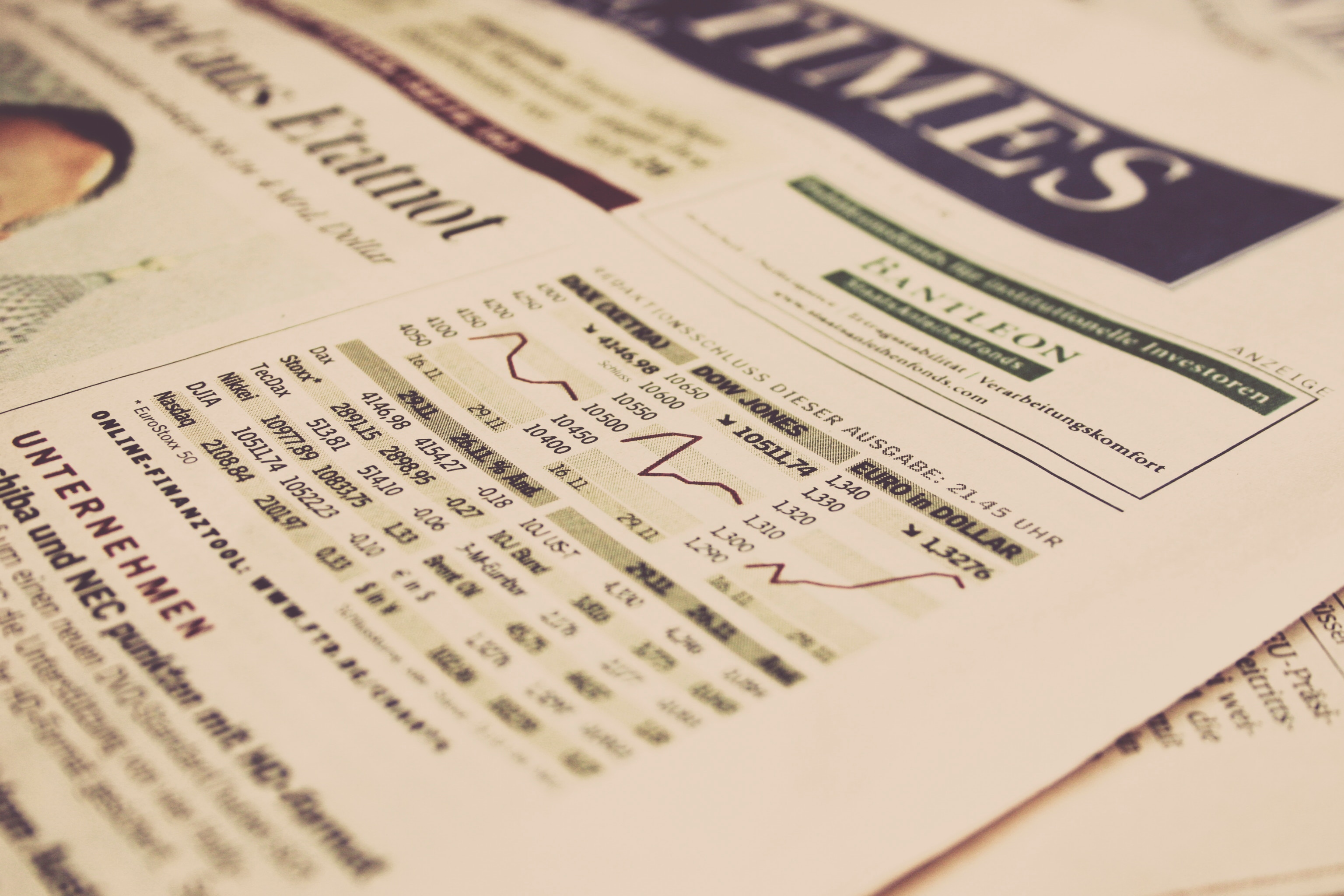
Operational Risk
After completing this reading, you should be able to: Describe the different categories of operational risk and explain how each type of risk can arise. Compare the basic indicator approach, the standardized approach, and the advanced measurement approach for calculating…
Capital Modeling
In this chapter, we provide a comparison of the standardized approach, the alternative standardized approach, and the basic indicator approach for the computation of the operational risk capital charge. The modeling necessities for a bank to apply the advanced measurement…

Principles for Sound Stress Testing – Practices and Supervision
After completing this reading, you should be able to: Describe the rationale for the use of stress testing as a risk management tool. Describe the weaknesses identified and recommendations for improvement in: The use of stress testing and integration in…
Basel I, Basel II and Solvency II
In this chapter, the motives behind the introduction of Basel regulations will be explained. The chapter will further explain the key risk exposures addressed and the reasons why the Basel regulations have been revised over time. In addition, there will…
Anatomy of the Great Financial Crisis of 2007-2009
After completing this reading, you should be able to: Describe the historical background and provide an overview of the 2007-2009 financial crisis. Describe the build-up to the financial crisis and the factors that played an important role. Explain the role…
External and Internal Ratings
After completing this reading you should be able to: Describe external rating scales, the rating process, and the link between ratings and default. Define conditional and unconditional default probabilities and explain the distinction between the two. Define hazard rate and…
Trading Strategies
After completing this reading, you should be able to: Explain the motivation to initiate a covered call or a protective put strategy. Describe principal-protected notes (PPNs) and explain necessary conditions to create a PPN. Describe the use and calculate the…

FRM Part 2 Study Notes
Market Risk Measurement and Management 1. Estimating Market Risk Measures 2. Non-Parametric Approaches 3. Backtesting VaR 4. VaR Mapping 5. Messages from the Academic Literature on Risk Management for the Trading Book 6. Some Correlation Basics: Properties, Motivation, Terminology 7. Empirical Properties of Correlation: How Do Correlations…
Measuring and Monitoring Volatility
After completing this reading, you should be able to: Explain how asset return distributions tend to deviate from the normal distribution. Explain reasons for fat tails in a return distribution and describe their implications. Distinguish between conditional and unconditional distributions,…
Foundations of Risk Management
1. The Building Blocks of Risk Management 2. How Do Firms Manage Financial Risk? 3. The Governance of Risk Management 4. Credit Risk Transfer Mechanisms 5. Modern Portfolio Theory (MPT) and the Capital Asset Pricing Model (CAPM) 6. The Arbitrage Pricing Theory and Multifactor Models of…




